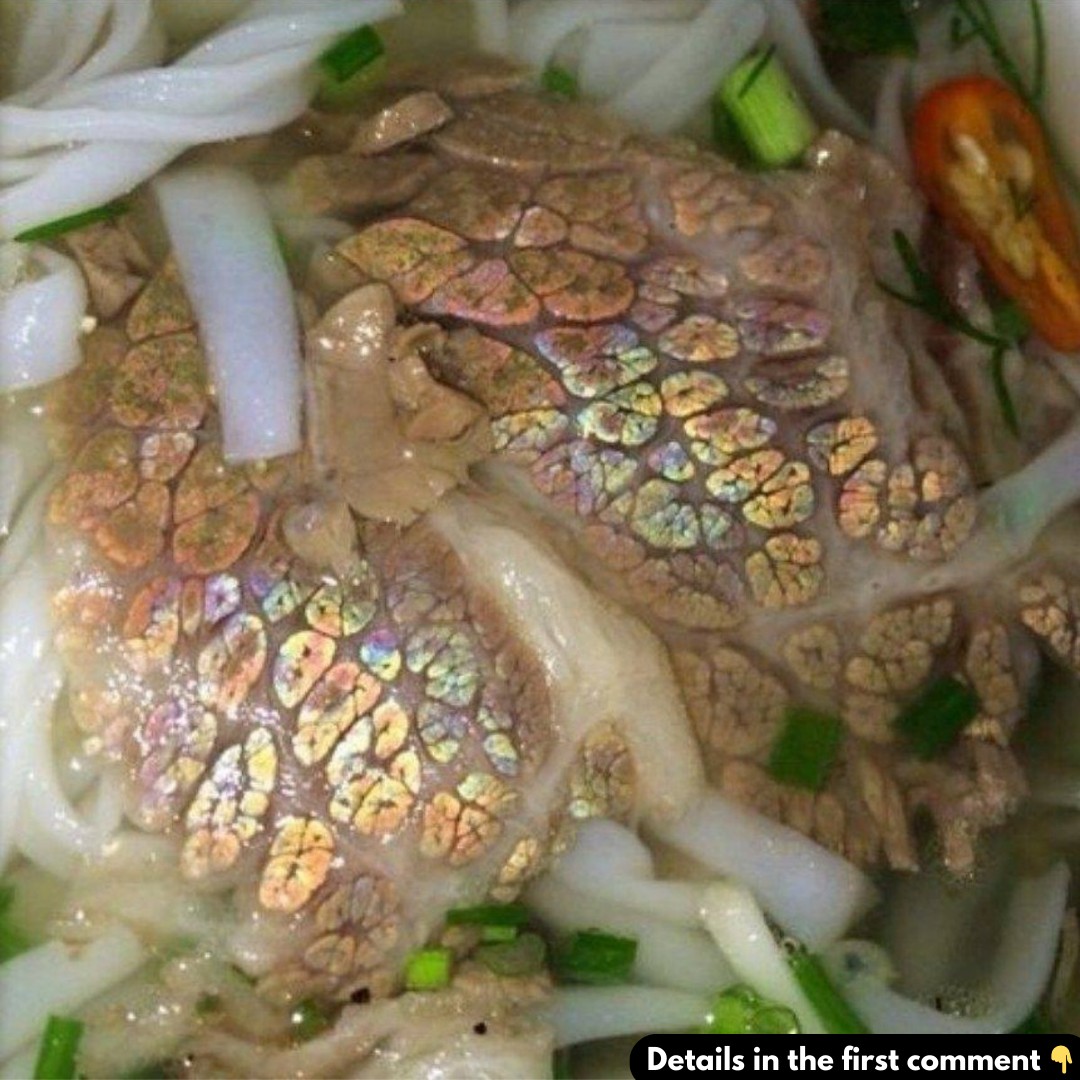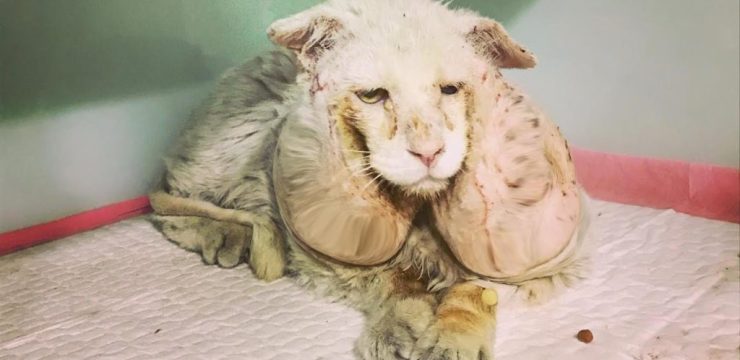Have you ever opened a package of roast beef only to find a dazzling rainbow shimmering on its surface? At first glance, it might leave you wondering if the meat is still safe to eat. That colorful, almost magical display can look suspicious, but it’s more of a scientific phenomenon than a cause for concern. Let’s explore why some cuts of beef appear iridescent and what it means for food safety.

What Causes the Rainbow Effect on Beef?
The rainbow effect you see on beef is a result of structural color, not spoilage. Structural color occurs when the physical structure of a surface causes light to diffract into various colors. This same phenomenon is responsible for the iridescent shine on butterfly wings, peacock feathers, and soap bubbles. In meat, the muscle fibers sometimes align in a way that reflects light in multiple directions, creating the rainbow-like appearance. For this effect to be visible, the surface of the meat must be smooth—this is why it’s more common in deli meats that have been thinly sliced by commercial equipment.
Why Does Iridescence Happen Mostly in Deli Meats?
If you’ve noticed this rainbow effect primarily on deli meats like roast beef, pastrami, or ham, you’re not alone. The equipment used to slice these meats commercially creates extremely smooth surfaces, which are ideal for light diffraction. When you slice meat at home, the cuts tend to be rougher, scattering light and making the rainbow effect less noticeable. Additionally, the contrast provided by darker meats like beef enhances the iridescent colors. Lighter meats, such as chicken or turkey, may also show this effect, but it’s harder to see.
Iridescence vs. Spoilage: Should You Be Worried?
While the rainbow effect is harmless, not all unusual colors on meat should be ignored. According to the USDA, iridescence is not a sign of spoilage on its own. However, a greenish or gray hue could indicate that the meat has gone bad. Here’s how to tell the difference:
- Harmless Iridescence: If the rainbow effect appears without any strange smells or slimy texture, it’s likely safe to eat. This is just light diffraction at work.
- Green or Gray Colors: These colors may sometimes occur due to a natural change in the meat’s pigment, but they can also signal spoilage. If the meat has a sour smell, sticky texture, or visible mold, it’s best to throw it out.
To ensure your meat is safe, always give it a sniff and feel before consuming. If it smells off or feels slimy, it’s time to toss it. Also, make sure to check the sell-by date.
How Does Light Diffraction Cause Iridescence?
Light diffraction may sound complicated, but it’s actually quite simple. When light hits an object, it usually reflects back at the same angle. However, certain surfaces—like smooth deli meat—can cause the light to split, or diffract, creating a spectrum of colors. This is the same reason you see rainbows on bubbles or CDs. In meat, the smooth alignment of muscle fibers acts like a prism, breaking the light into individual colors.
This effect is most visible on processed meats and those packaged in vacuum-sealed plastic, where the smoothness of the surface is enhanced.
Do All Types of Meat Show Iridescence?
Technically, any type of meat can display this effect, but it’s more noticeable on some than others. Here’s why:
- Dark vs. Light Meat: Darker meats, like beef or lamb, tend to show iridescence more clearly because the dark background makes the colors pop.
- Sliced Meats: Iridescence appears more prominently on thinly sliced deli meats, especially those cut with commercial-grade equipment.
- Poultry and Pork: While this effect can sometimes be seen on lighter meats like chicken or pork, it’s less common because these meats don’t reflect light in the same way as darker cuts.
Understanding Meat Iridescence: Why It Matters
Knowing what causes iridescence in meat can help you avoid unnecessary waste. Instead of discarding meat due to an unfamiliar rainbow effect, you’ll recognize that it’s a natural occurrence, not a sign of spoilage. As long as there’s no unpleasant odor or sticky texture, your meat is likely safe to eat.
If you’re ever in doubt, use the smell and touch test. Fresh meat should have a neutral smell and feel firm, while spoiled meat often smells sour and feels slimy.
Conclusion: A Little Science in Your Sandwich
The next time you spot a rainbow on your roast beef, there’s no need to panic. That colorful sheen is simply light interacting with the muscle fibers, a fascinating reminder of the complexities of nature. From butterfly wings to your sandwich, iridescence is a testament to the wonders of light and structure. So, enjoy your meal with the knowledge that the rainbow effect is both beautiful and harmless!





